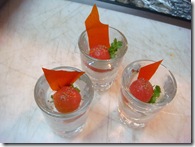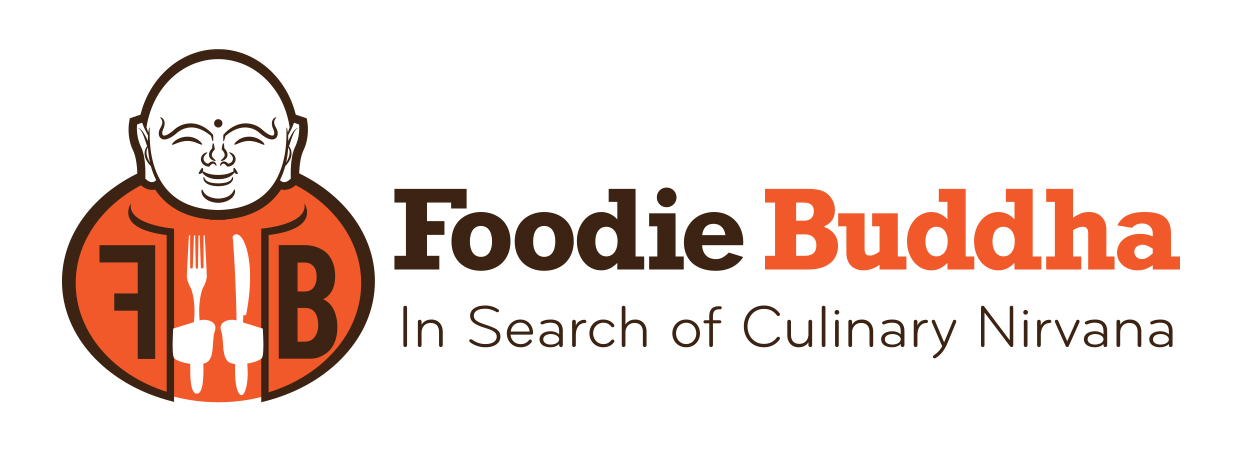Whenever anyone peers at their first deconstructed dish, ears perk, brows furrow, nostrils swell, and something unusual happens. Deconstructed food seems to elicit one of several reactions in newcomers. Sometimes that person is intrigued; other times, they are baffled. There are a multitude of in-betweens; but, one thing seems universally true: people react to the sight.
Culinary traditionalists mock things like deconstructed lasagna; meanwhile, fans of molecular gastronomy embrace the food of Wylie Dufresne with fervor. I tend to find solace on both ends of the spectrum. Food, like everything else in life, has the ability to morph. At times, eating should be fun and playful; other times, the endeavor should be restrained and precise. Yes, well-executed classic interpretations are a necessity. However, just because you have steak+cheese+bread does not mean you have a cheesesteak.
While I sit here and wax-poetic, we should probably define the term “deconstructed cuisine.” Deconstruction (wiki) finds its roots in literary criticism. Spaniards claim to have taken its culinary application from infancy to full-forced trend.
At heart, any deconstructed dish should contain all the classic components found in the “original.” The difference is in the preparation. When creating a dish utilizing deconstructive techniques, the ingredients are essentially prepared and treated on their own. It is during the plating and presentation stages that everything is brought together.
However, deconstructed food is elaborate and somewhat “artsy-fartsy.” So someone making deconstructed lasagna may elect to present the dish as a casserole. In that instance, the elements are initially cooked individually. Then, they are combined and finished off in the oven.
You can see how loose the application can be. Even for me, things like a deconstructed Bloody Mary (pictured below) can be a bit much. At a certain point, it stops being a Bloody Mary and becomes its own concoction. 
Nonetheless, anyone who dabbles in deconstructed cuisine has to appreciate the artistic elements of the process. Anyone can make a grilled cheese from two slices of bread and some queso. Playing with the form is great for the creative juices. However, pomp and circumstance have to be as carefully balanced as the components of said dish.
At the end of the day, remember that food should first and foremost taste good. A quote from Anthony Bourdain seems to capture all that is good and bad in deconstructed cooking:
Intermittent flavors of the constituent elements mingle with the remembered taste of unified chowder.


Pingback: Wylie Dufresne Loves His Balls Covered With Cookies – Liquid Nitrogen And Ice Cream Make Fun | Atlanta Restaurant Reviews | Atlanta Food Blogs | Dining in Atlanta
Pingback: Top Chef: Cancer, Schmancer : Poptimal.com: Pop-Culture Reviews From People Like You
Pingback: Woodfire Grill Restaurant Review – Cheshire Bridge, Atlanta, GA [First Impressions] | Atlanta Restaurant Reviews | Atlanta Food Blogs | Dining in Atlanta
Pingback: Summer Love: NYC Restaurant Week Coverage « LESTORYDEFOOD
Pingback: The Most Annoying Restaurant Review Ever | Atlanta Restaurant Reviews | Atlanta Food Blogs | Dining in Atlanta
Pingback: Cibo e Beve Restaurant Review – Sandy Springs, Atlanta, GA [First Impressions] | Atlanta Restaurant Reviews | Atlanta Food Blogs | Dining in Atlanta
Pingback: Metaphorically Speaking, What 2012 Represents: Rebuilding vs Deconstruction | MLB.Fans-Talk.com